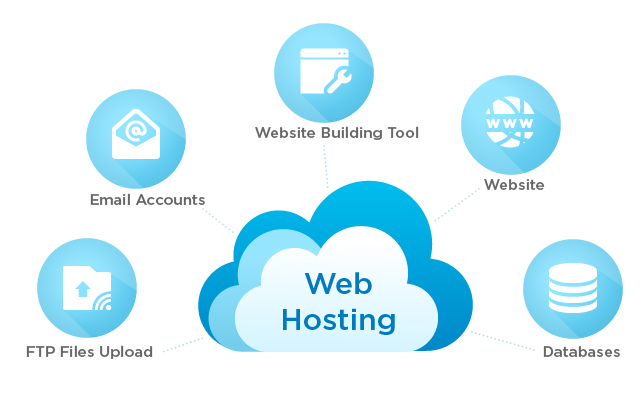SEO Web Development
Search Engine Optimization (SEO) is a combination of approaches that makes a website easier to find through search engines like Google and Yahoo. Search friendly websites are the ones you see on the first three pages of search results, and by just implementing search engine optimization basics you can greatly increase the chance of your website getting there.
Although there are ways of applying SEO at any time throughout the lifecycle of a website, we suggest thinking about SEO from the earliest stages of development. Otherwise, you might run into complications that make your website easier to rebuild completely than to fix. If you want to know what does SEO friendly mean, continue reading this article, where we explain how to improve search engine optimisation at the earliest stages of web development.
Page structure and organization
To make your website SEO friendly, satisfy its users. High on-page time and low bounce rates can only be achieved with a high-quality product. And high quality starts with good structure.
Develop a content strategy
Whether you’re building a website to advertise products and services or simply need an informational business platform, it’s important to think about the content it will display. The most popular approach is creating a blog and then filling it with unique articles that highlight specific aspects of your area of business.
Outline a solid content strategy before beginning development. Understand the target audience you want your website to attract and how you want it to do so. Then use this knowledge to determine the content you want to spread and build a clear website structure to spread it efficiently.
Create an SEO friendly website structure
Successful websites tend to have a concise and logical structure. If the content on your website is easy to find and comfortable to view, it’s likely that users will enjoy it more and spend more time looking at it.
Also, a clearly structured website is easier for search engines to index and crawl, which helps increase its search ranking. On top of that, some search engines pull website structures to create sitelinks.
Sitelinks are direct links to specific sections on the website that users can access from the search results page. This is a great way to help users quickly navigate your website and comfortably get the information they’re looking for.
Write appropriate title tags
Title tags are what users click on from the search results page. They’re also the title of the page and one of the most important sources of information about its contents.
There are several approaches you can take to turn title tags into an important lever for search engine optimization.
Keep them short and meaningful
All relevant information about page content should fit within 65 to 75 characters because this is how many characters are usually shown on the search results page. Of course, titles can be longer than that, especially if there’s good reason. As a general rule of thumb, though, keep titles short to avoid something important being cut off with an ellipsis.
Include keywords in the title
Include keywords in the title or, better yet, start with them. Keywords indicate what a page is about and help search engines decide which pages to show based on a user’s query. It’s important not to include too many keywords, however, and it’s also important to place keywords as close to the beginning of the title as possible so that search engines won’t identify the title as spam and users will have a clear understanding of the information they can find by following the link.
Use empathy
First and foremost, titles are for readers, not for search engines. Don’t make them an unreadable sequence of keywords just to get higher rankings. Make sure that readers can understand what each page is about after just looking at its title.
Make good use of meta tags
Meta tags extend the information provided by title tags. There are different types of meta tags, each serving a specific purpose.
Meta description tag
The meta description tag is a short description of the page content and is located below the title tag.
Often including keywords, meta descriptions draw users to pages by giving them more insight about their contents.
There’s no specific limit for meta description length, but search engines usually display about 160 characters. Like with title tags, you should try and stay within the limits, but it’s not a serious issue if you don’t.
